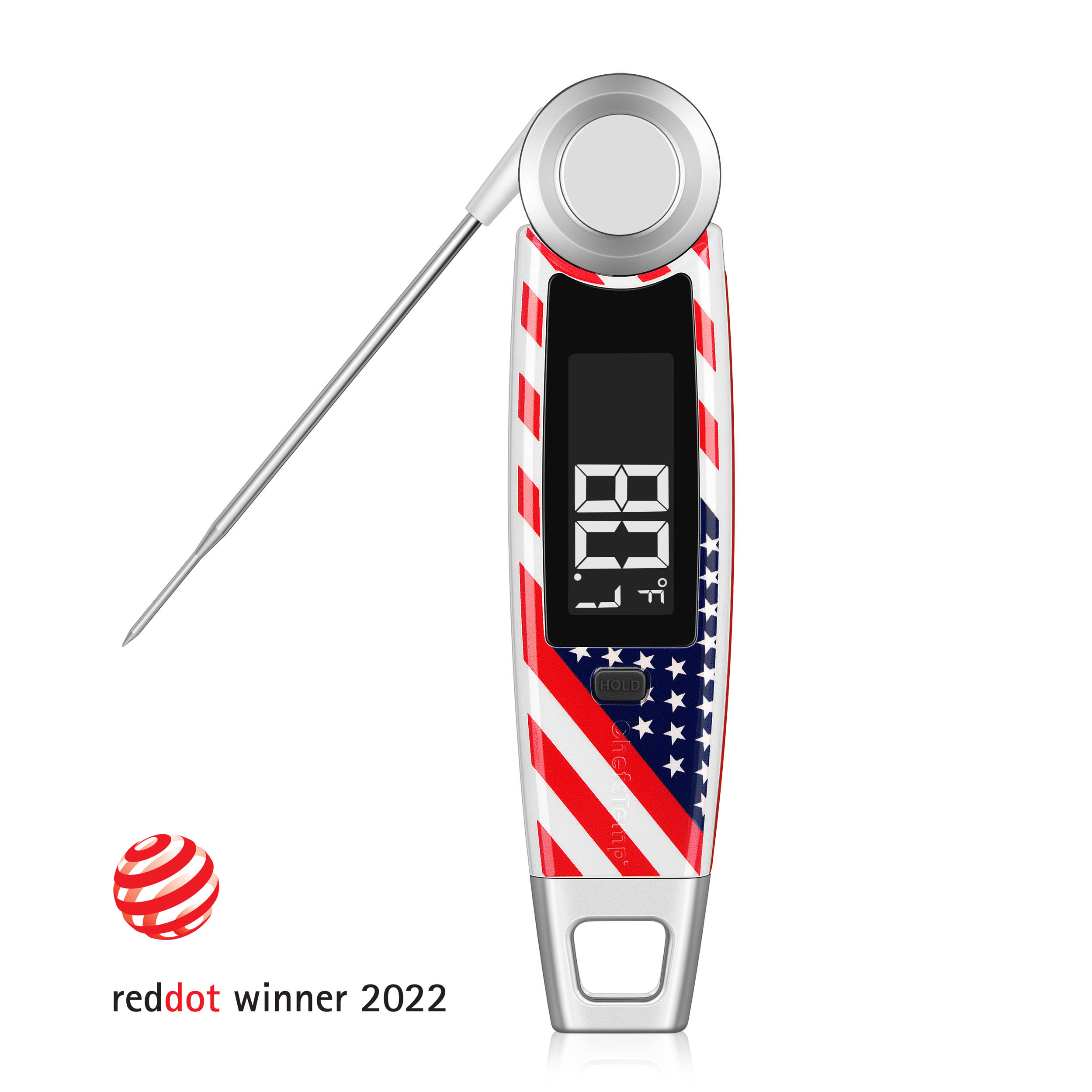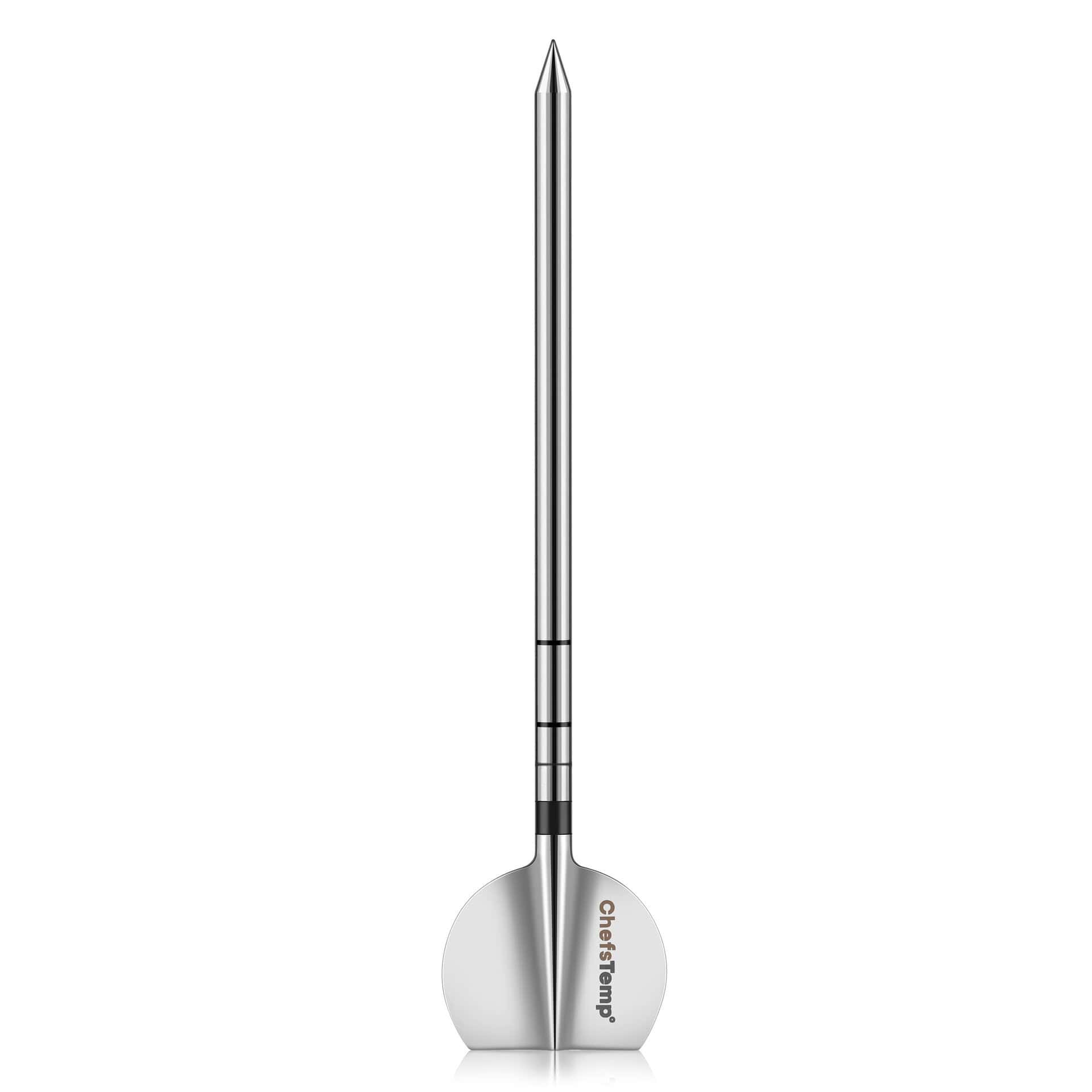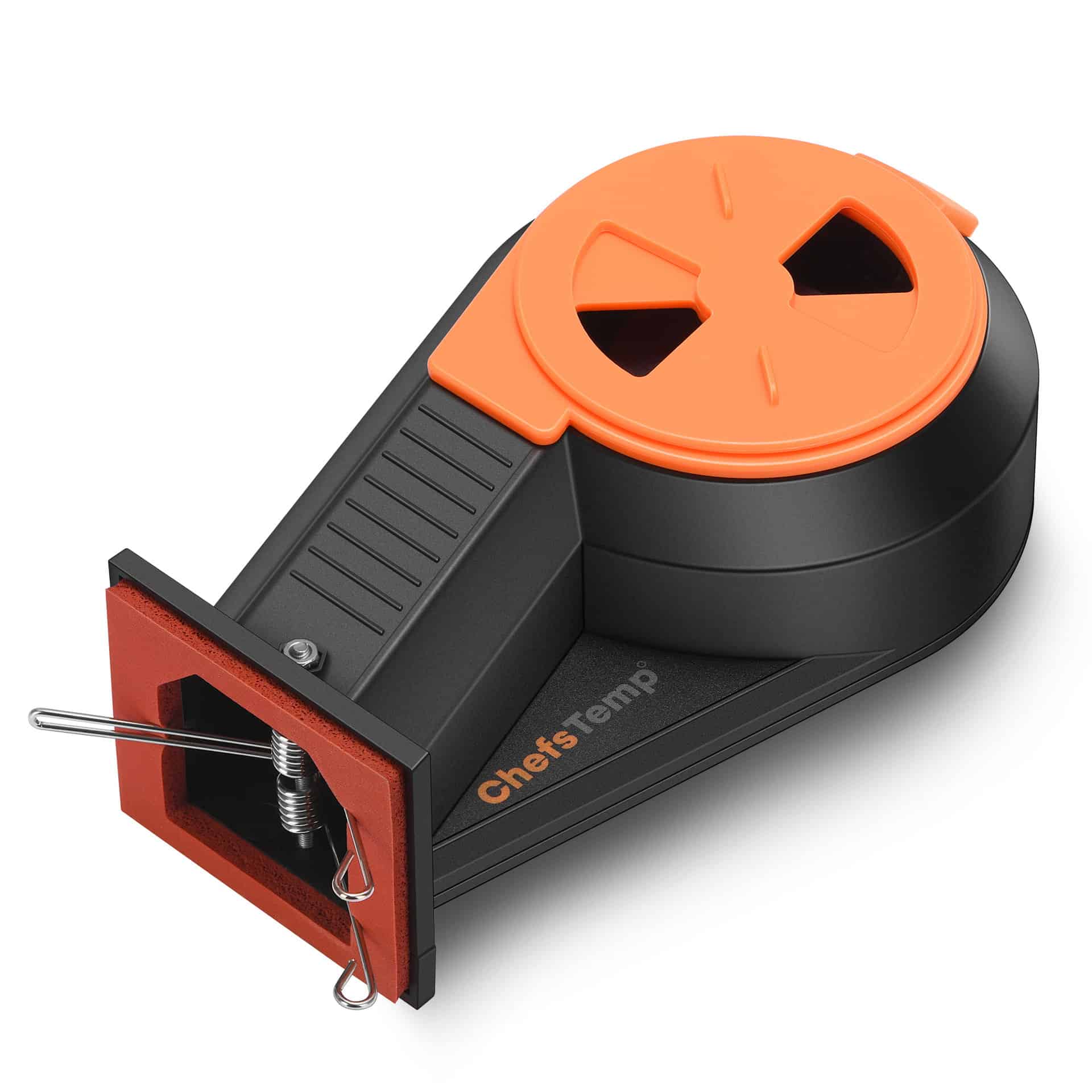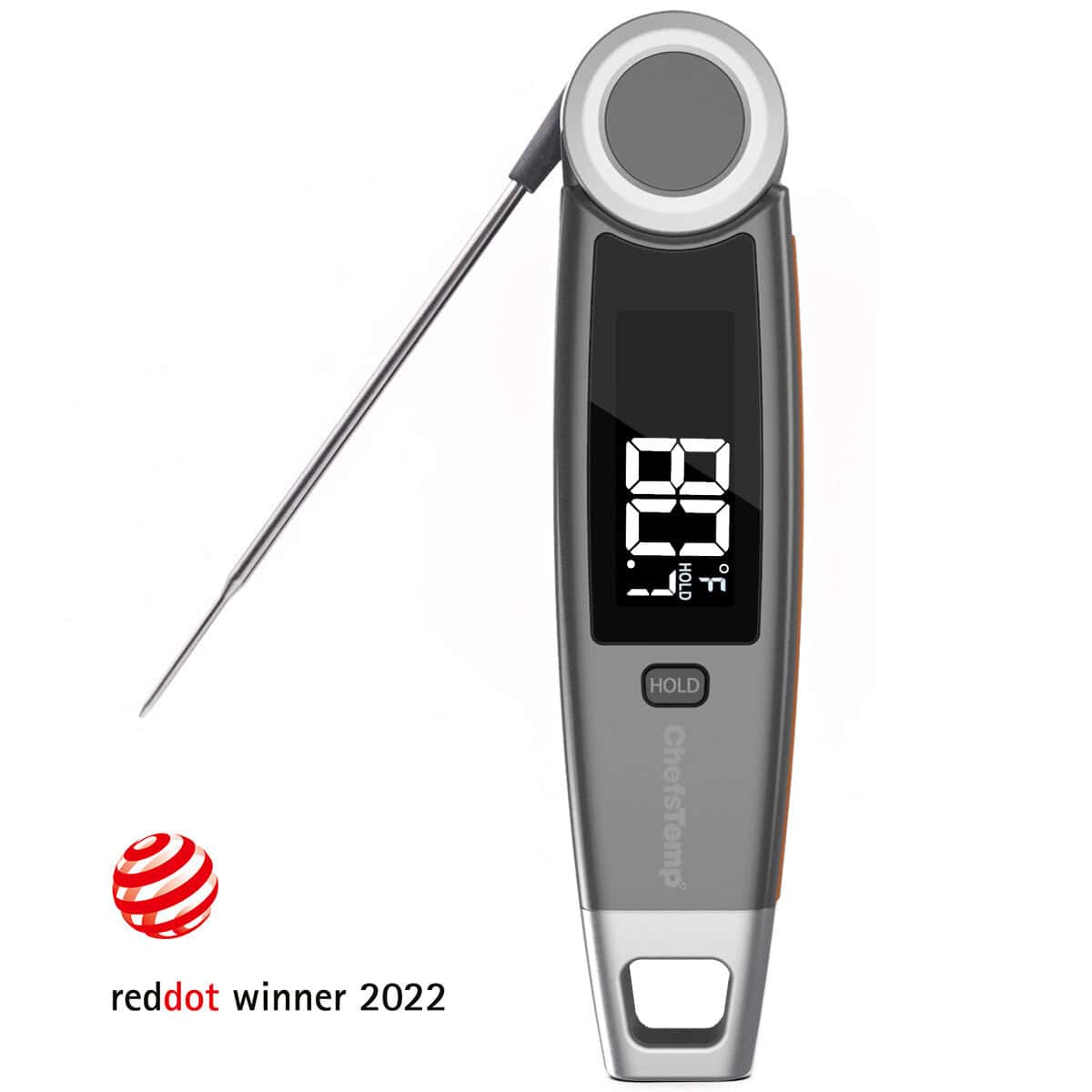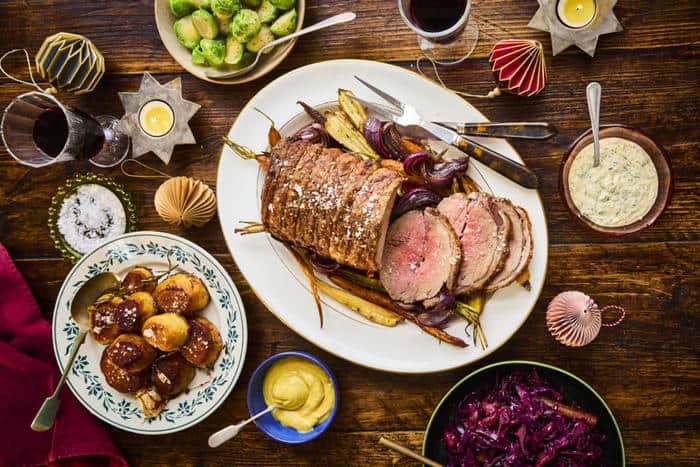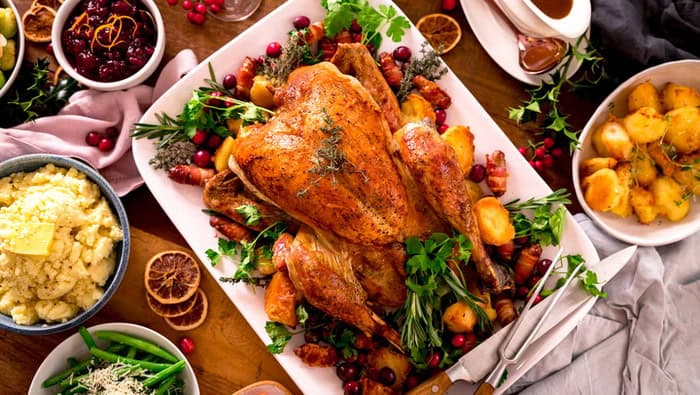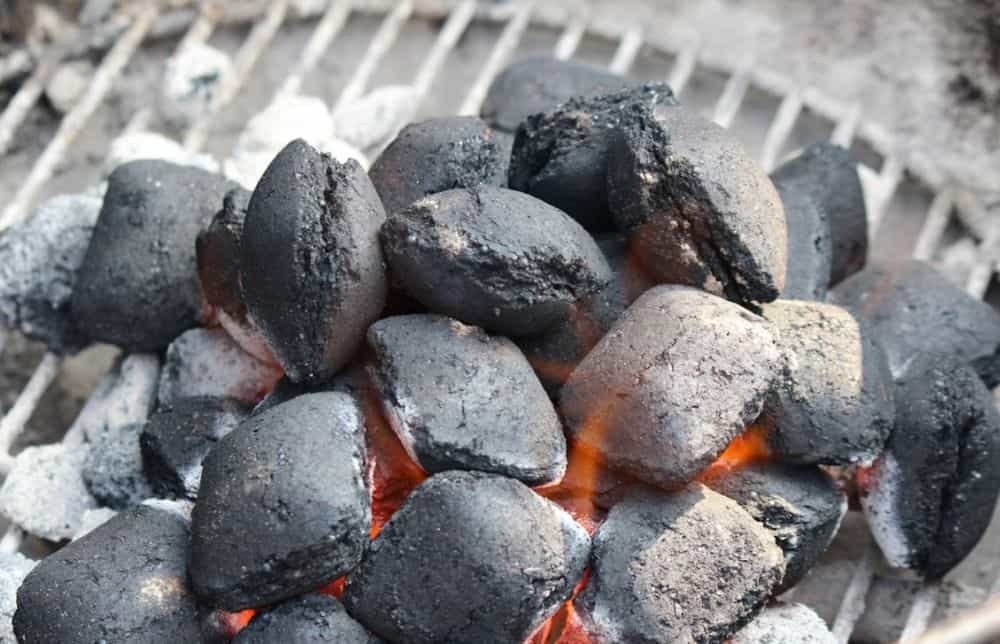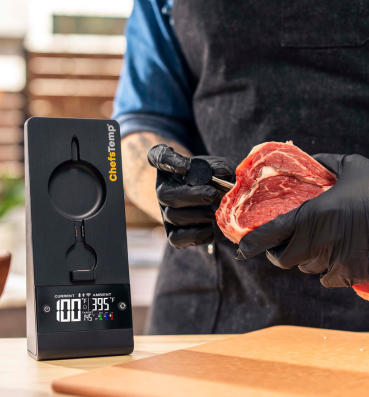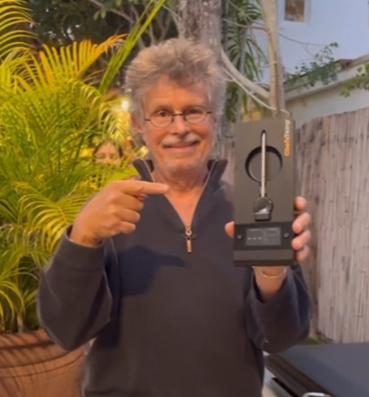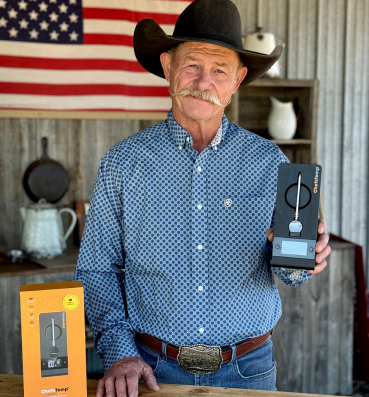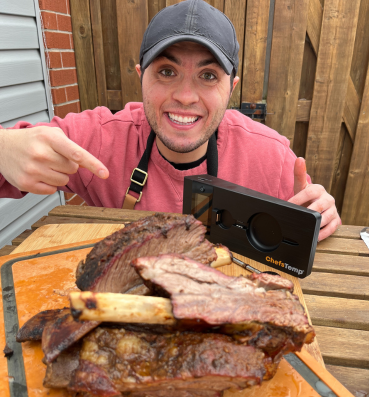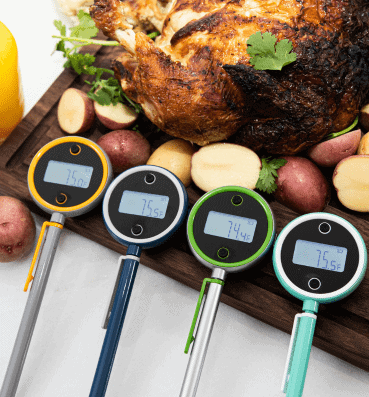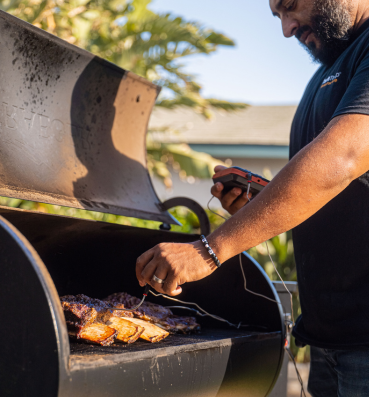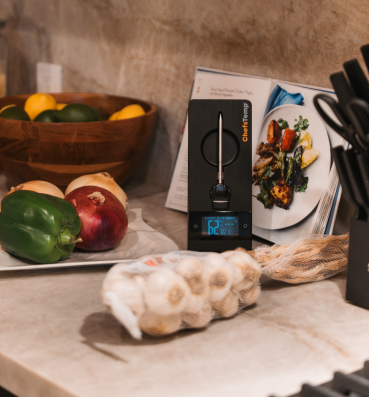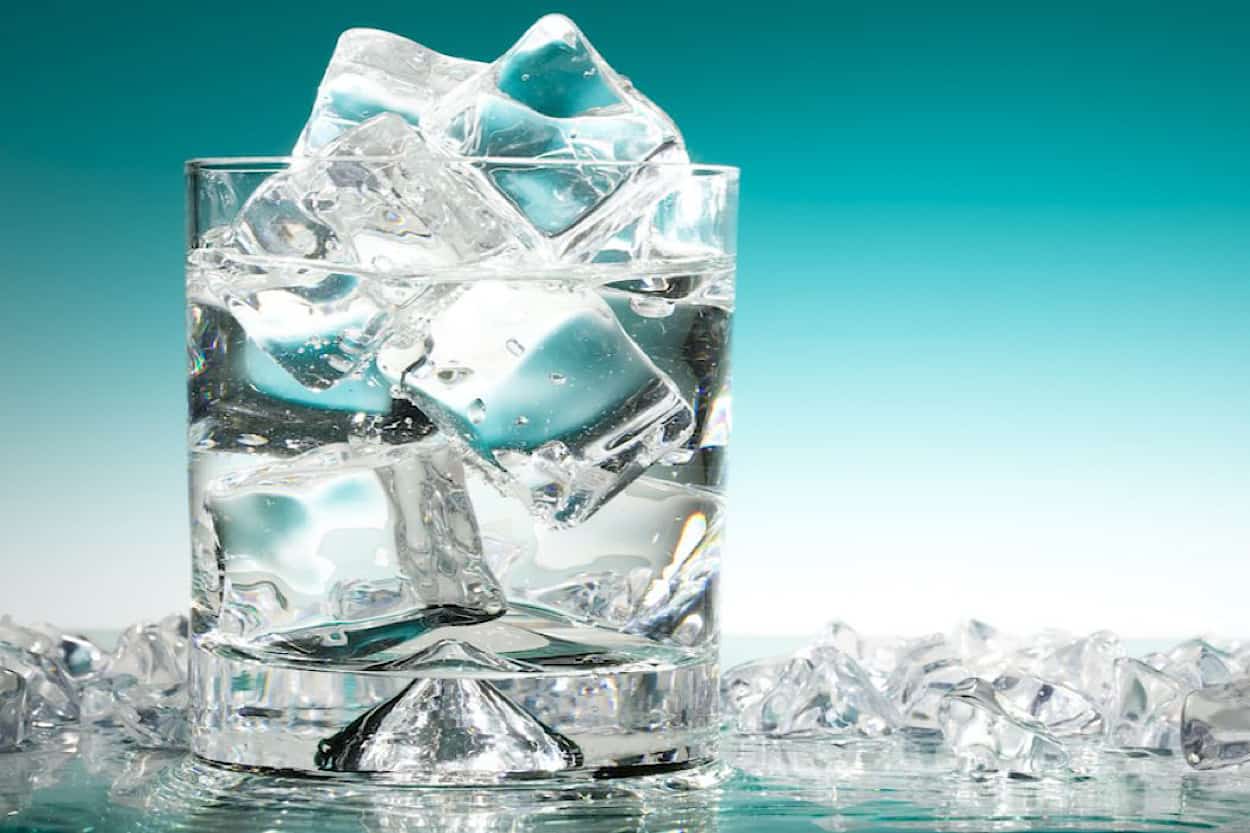
How to Create a Properly Made Ice Bath?
Most food enthusiasts have a few tools in the kitchen that they can’t cook without, but all of these chefs have one thing in common – a great food thermometer. To make sure your thermometer is accurate, it must be calibrated.
1. What is Calibrating Your Thermometer?
Just like watches can run slow or fast, food thermometers are subject to inaccuracies with age and use. Extreme temperature changes, damage , or general wear and tear can all affect the accuracy of a thermometer. If you’re using your thermometer frequently, you may want to check it monthly just to make sure it’s performing at its best. Luckily, you can test the accuracy of your thermometer and, in most cases, calibrate it to read accurately again.
2. How Do You Testing the Accuracy of Your Thermometer?
There are two methods for testing the accuracy of your thermometer: The Ice Bath Calibration Test and the Boiling Point Calibration Test.
The easiest way to test the accuracy of any thermometer is in a properly made ice bath. If you do this carefully, your ice bath will be 32.0°F within ±0.1°F.
Boiling point calibration tests are trickier than ice bath tests and are unnecessary if an ice bath test proves conclusive. Water boils at 212°F at sea level, but only at sea level. Changes in atmospheric pressure at elevations above or below sea level alter the temperature at which water boils.
Calibrating Your Thermometer in an Ice Bath
Follow these simple steps below to calibrate your thermometer in an ice bath.
Step 1: Fill Vessel with Ice
Find and fill a vessel with ice. Fill it all the way to top. Crushed ice is preferred because there will be fewer gaps between the ice.
Step 2: Add Correct Amount of Water
Fill to about 1/2″ below the top of the ice. Ice should not be floating off of the bottom, if you start to see ice floating off the bottom of the vessel, pour off some water and add more ice.
Step 3: Insert Probe, Gently Stir
Stir the probe in the vertical center of the ice. Allow sufficient time for the thermometer reading to stabilize. Stirring the probe keeps the sensor from resting against an ice cube, which will affect the reading. Remember to keep the probe tip away from the side walls and don’t allow it to rest against the bottom of the vessel. Doing so will give you inaccurate temperature readings.
Step 4: Calibrate
Your thermometer should read 32℉ (0℃). In the ice bath, adjust your dial thermometer as directed by the manufacturer; however, before you attempt to adjust a digital, instant-read thermometer, check that the readings are within the manufacturer’s accuracy specifications. If it’s within the specified tolerance, don’t adjust it.
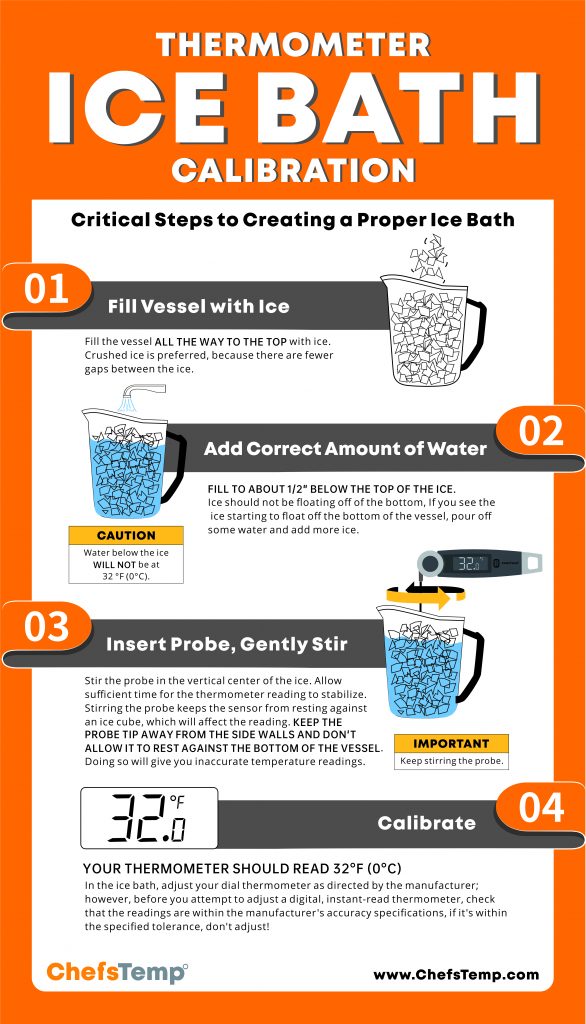
Discover Other ChefsTemp Products
Discover more recipes and learn kitchen tricks by joining our cooking family on Facebook.
You may also like:
